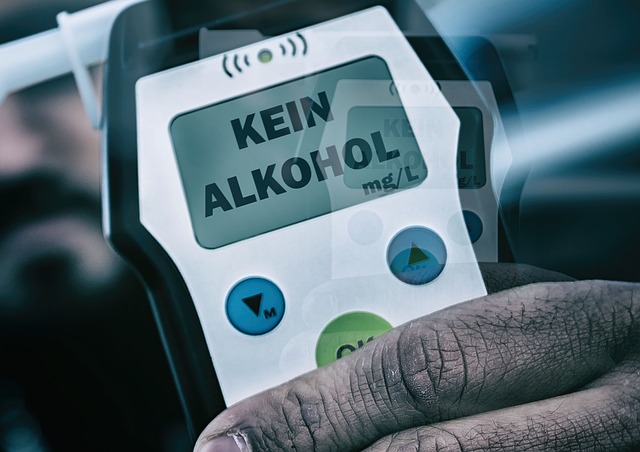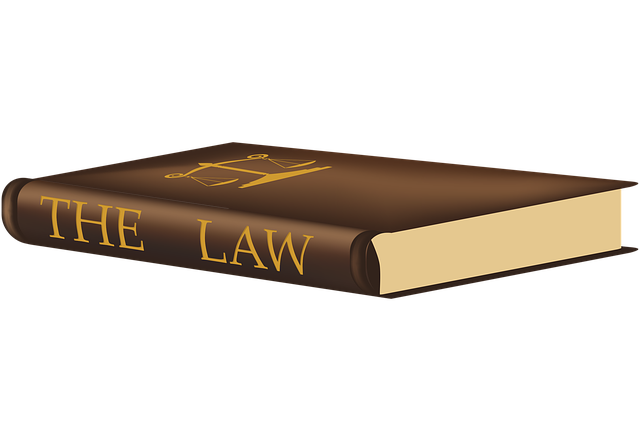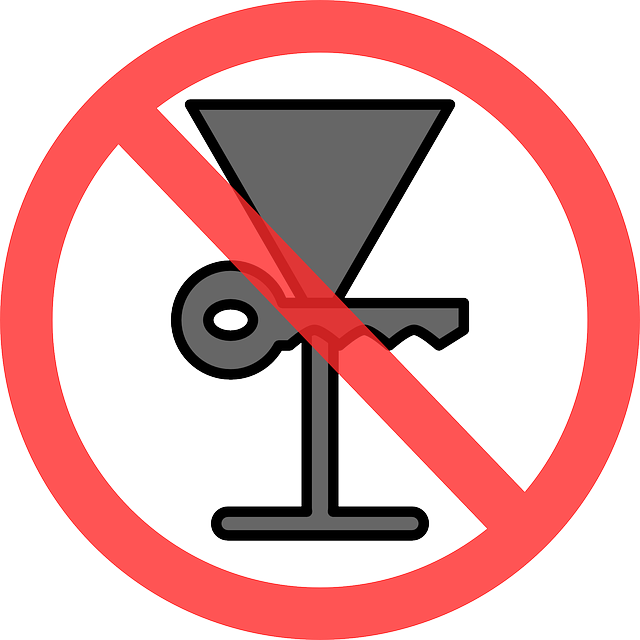Pedestrians' safety in dense urban areas is ensured through legal protections that prioritize foot traffic, including reduced speed limits and dedicated crossings. In cases of impaired driving (DUI), the law guarantees pedestrians' compensation for losses sustained, with Insurance Rate Adjustments after DUI significantly impacting individuals' insurance costs due to increased risk perceptions by insurers. Understanding these provisions is vital for fostering safety, accountability, and accessibility to safe streets, especially regarding post-DUI insurance implications.
In many cities, pedestrians face significant risks sharing public spaces with vehicles. Ensuring safe streets for all users is paramount, and understanding your rights as a pedestrian is crucial. This article delves into the legal protections afforded to pedestrians and the implications of DUI convictions on insurance rate adjustments. Knowing these impacts can empower individuals to navigate their rights effectively while promoting safer communities. By exploring these key aspects, we aim to shed light on the importance of both robust legal frameworks and responsible driving behavior.
- Understanding Pedestrians' Rights and Safe Streets: An Overview of Legal Protections
- The Impact of DUI Convictions on Insurance Rate Adjustments: What Pedestrians Need to Know
Understanding Pedestrians' Rights and Safe Streets: An Overview of Legal Protections

Pedestrians’ rights and safe streets go hand in hand, with legal protections in place to ensure that those on foot are protected from harm. Understanding these rights is crucial for both pedestrians and drivers alike. In many jurisdictions, laws have been enacted to prioritize pedestrian safety, often involving strict regulations for vehicles, especially in areas where foot traffic is dense. These measures include reduced speed limits, dedicated pedestrian crossings, and even specific laws prohibiting certain vehicle maneuvers near crossings.
When it comes to incidents involving pedestrians, especially those with impaired driving (such as after a DUI), the legal system plays a vital role in protecting rights. Insurance rate adjustments after DUI can impact financial burdens, but the primary focus is on ensuring that injured pedestrians receive compensation for their losses. Legal protections extend to various forms of damages, including medical expenses, pain and suffering, and even loss of quality of life. Understanding these provisions is essential for all road users, fostering a culture of safety and accountability.
The Impact of DUI Convictions on Insurance Rate Adjustments: What Pedestrians Need to Know

Pedestrians sharing the road with vehicles are especially vulnerable in cases where a driver is under the influence (DUI). A DUI conviction not only carries severe legal penalties but also significantly impacts an individual’s insurance rates. Insurance companies consider DUI offenses as high-risk factors, leading to substantial rate adjustments. These increases can be a financial burden for offenders, making it crucial for them to understand the implications on their future coverage costs.
After a DUI, expect higher premiums due to the heightened risk posed by impaired driving. Insurers may also impose additional surcharges or require specific safety measures and regular alcohol education courses as part of the policy terms. Pedestrians should be aware that these adjustments could affect their ability to afford insurance, potentially making it challenging for them to exercise their rights on safe streets.
Pedestrians have a right to safe streets, and understanding their legal protections is crucial. By knowing their rights and the potential impact of DUI convictions on insurance rate adjustments, folks can better navigate this complex landscape. Remember that, in light of these issues, staying informed and proactive can ensure greater safety for everyone sharing the road.






